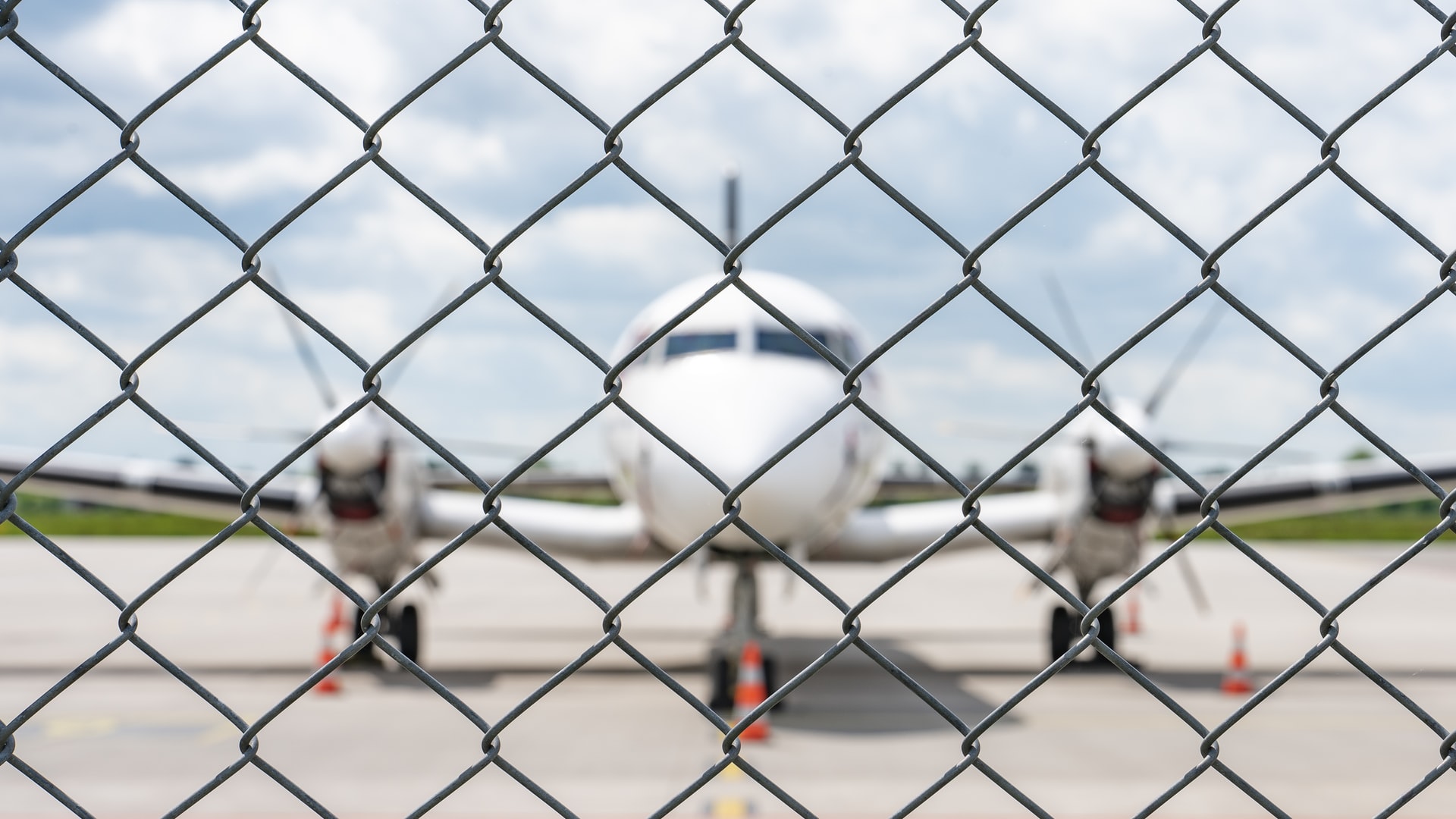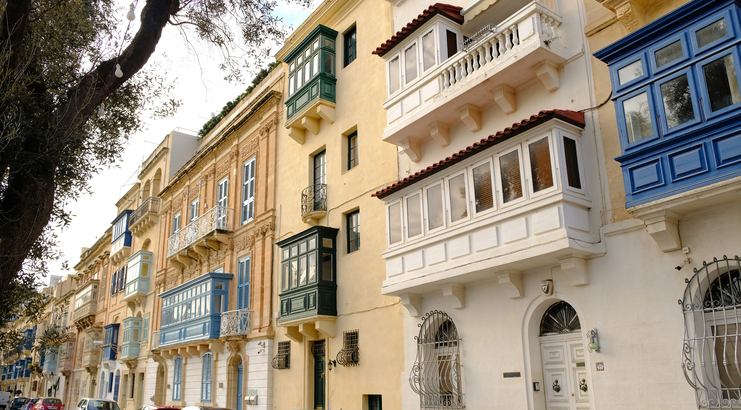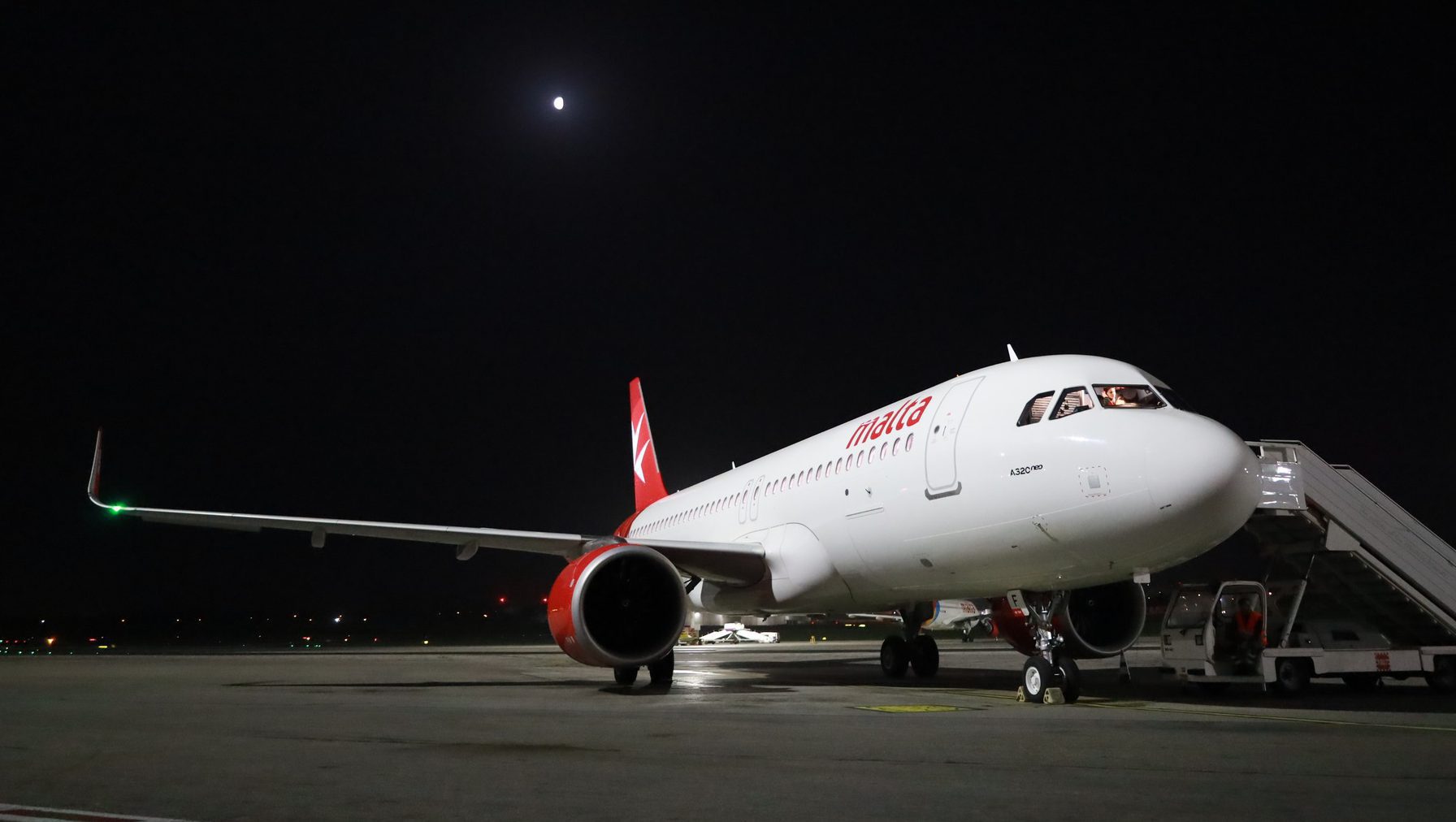Last week, Finance Minister Clyde Caruana announced a last-ditch recovery plan for Malta’s long-ailing national airline, Air Malta.
The plan is expected to see a major streamlining, with more than half of the airline’s staff to be transferred out of the airline and into alternative Government jobs, while new collective agreements are being sought with staff who will be retained.
Ultimately, this is a desperate attempt to pull the airline out of a financial spin stretching almost two decades.
Despite the selling off of the vast majority of the airline’s assets, including two hotels, an insurance brokerage firm and landing rights at Heathrow and Gatwick airports, the airline has continued to bleed funds.
The pandemic was an additional blow, bringing international air travel to a screeching halt, but also provided a possible respite to the airline, in the form of the controversial temporary permitting of state aid to national airlines by the European Union – subject to approval.
In Air Malta’s case, this approval has so far been elusive, with Minister Caruana earlier claiming that Malta’s application was “perhaps” being placed under extra scrutiny, with more information requested.
In his latest update though, the Minister stated that a decision on the state aid request would be provided in a matter of weeks, but that the approved figure will not be large. In this latest request to approve state aid, Malta asked the European Commission (EC) to approve €290 million in Government aid. The sum will likely be far lower.
Ultimately, he suggested that the EC has lost its faith in the Government’s handling of its airline, due to predecessors’ repeated failure to deliver on promises.
It is unclear whether the restructuring plan will have its desired effect and push the airline back into the black, or if the approved amount of state aid will be able to stave off bankruptcy till then.
One thing that is clear though, is the need for Malta, as an island nation, to maintain a national airline, not becoming fully dependent on other airlines and the market trends they are subjected to.
As a national airline, Air Malta will be competing with low-cost carriers, such as Ryanair, while also retain routes of strategic importance to the country, even if they do not turn a profit.
It is not a case of ‘Air Malta or nothing’ though, and the idea of winding down the existing airline and creating a new one in its place has been raised.
Notably, this is the plan that Minister Caruana says the European Commission backs – though one the Government opposes.
It is unclear what exactly this might look like – but one can look to the recent collapse of Italian flag-carrier, the long struggling Alitalia, and its replacement by ITA.
Late last year, the new, debt free national airline stepped in for the old one, acquiring half its aircraft and a quarter of its staff.
ITA purchased Alitalia’s iconic brand for €90 million – more than two thirds less than what the airline was initially hoping for.
The Italian Government is investing €1.35 billion into the new airline over three years, under a deal with the European Commission, which also requires clear discontinuity between the two airlines and that the new carrier be profitable by the end of 2025.
This presents a possible problem for any future iteration of a Maltese national airline, which is that for it to receive public funding, it will require approval from the European Commission under state aid rules.
The problem here is that the Commission would likely expect Air Malta to have an even smaller footprint to aim for profit – with the new version facing tight operating restrictions in the same vain as those facing the existing airline.
Perhaps a third option could also be on the cards, where the Government leans into collaborations with private airlines to ensure Malta’s connectivity. After all, Air Malta isn’t the only airline the Government is involved in.
Ryanair subsidiary Malta Air was established in 2019 as a result of an agreement between the country’s Ministry for Tourism and the low-cost airline.
As part of the agreement, Ryanair would seek to “increase its Malta-based fleet to 10 aircraft within three years and create over 350 jobs”, and “brand its Malta-based fleet in Malta Air colours for summer 2020.”
Additionally, the Government is also the owner of Malta Air Travel Limited – the registered entity operating Malta MedAir.
This entity was set up in 2018 with an air operating certificate, to own the aforementioned slots sold by Air Malta.
The company then entered into a lease agreement, so that the same slots could continue to be operated by Air Malta at a commercial fee for a long-term period.
“This strategy supports the government’s objective to transform Air Malta into the airline of the Mediterranean,” it said at the time.
Details on the airline’s operations since then are somewhat scarce, but it describes itself as a “completely distinct” company from other airlines in Malta, with a separate balance sheet and one Airbus 320.
Its first flight was on 27th March 2018, undertaken on behalf of the national airline.
With its strong branding and existing commercial elements, including a (broken) flight booking system on its website, this entity could be well positioned to become a new national airline, should the Government give up on Air Malta.
Air Malta’s struggles over the past decade
The national carrier has been a thorn in the side of successive Governments due to the unsustainability of its finances, with the airline unable to turn a profit while costs ballooned.
In 2012, the EC granted Malta one last chance for the Government to inject state aid in the form of €130 million to save Air Malta. Due to the EU’s single market rules, state aid is generally forbidden to prevent creating distortions in the market. Exceptions have been made, however, due to COVID-19 and the ensuing cash flow issues it has created.
Back in 2012, it was established that by 2014 Air Malta had to balance its budget and register a profit by March 2016. Air Malta projected losses of €4 million for the financial year-end March 2016, significantly lower than the €15 million loss registered at the end of March 2015. No penalties were incurred because of the substantial improvement.
Under now-disgraced Minister Konrad Mizzi, the airline managed to turn a profit for the year 2018, however it was later discovered that this was a one-off event thanks to the selling off of assets.
Since then, the airline has continued to bleed funds, with costs far outstripping revenue.
Annual STI testing for non-EU massage therapists amounted to ‘slander,’ admit health authorities
Health authorities kept quiet about changes to the legal provisions
KM Malta Airlines announces extra flights and special fares for MEP and local council elections
To qualify for special fares, all travel needs to take place into and out of the same city
European Parliament adopts regulation making it easier for companies to be paid on time
The maximum credit term under the new Late Payment Regulation is to up to 120 days, for some sectors






